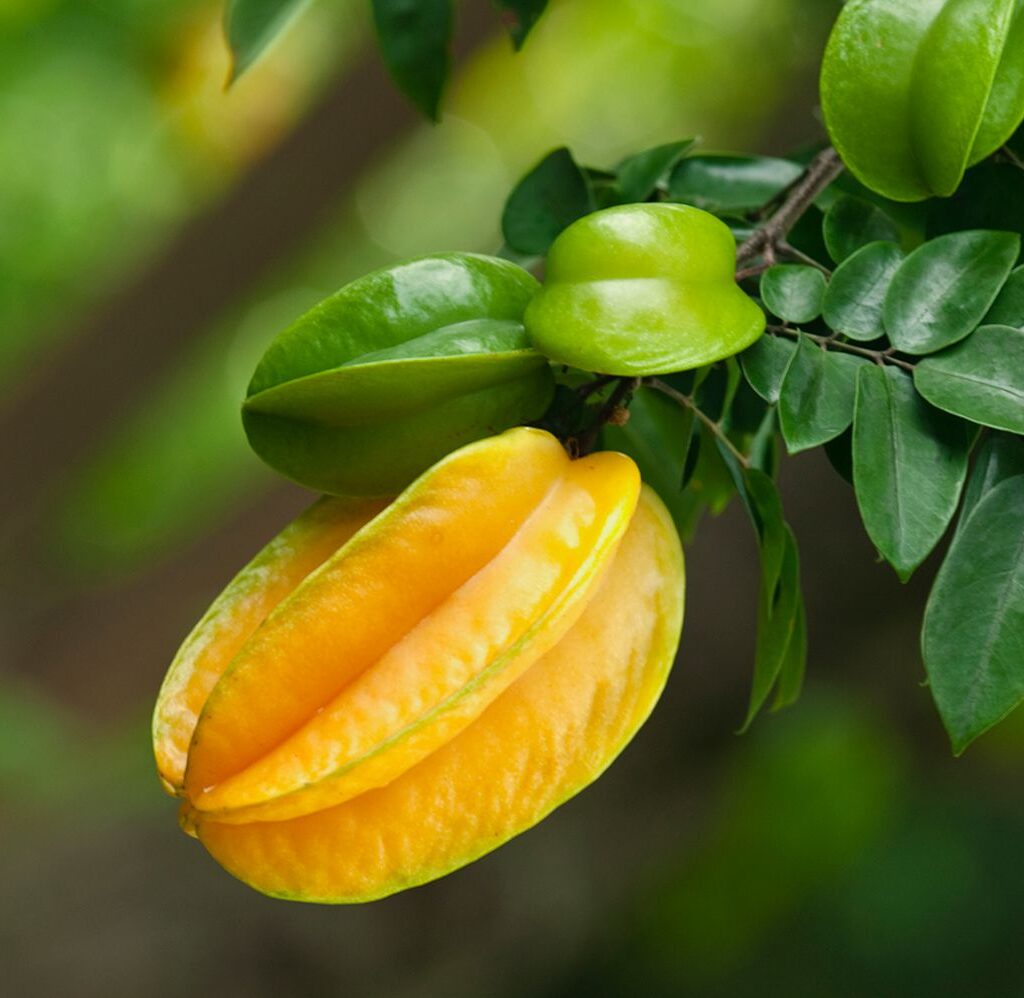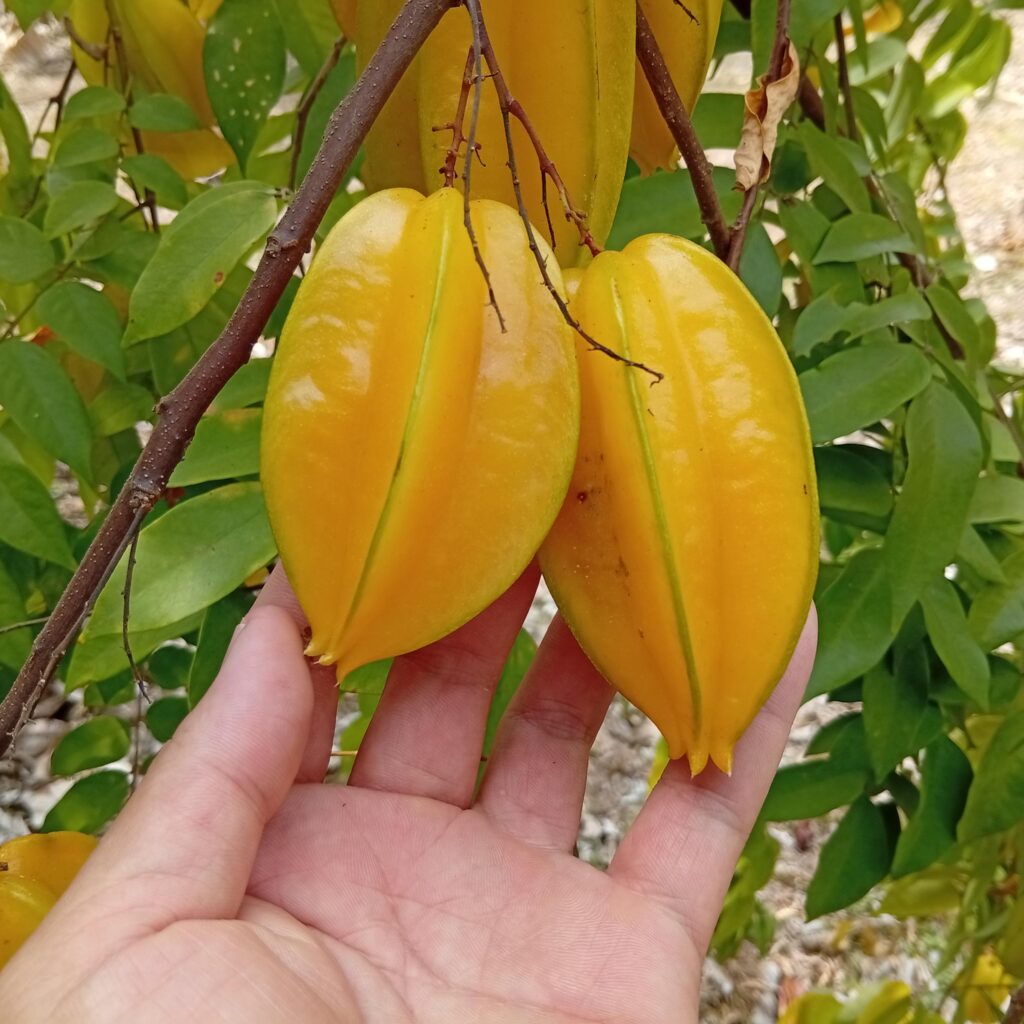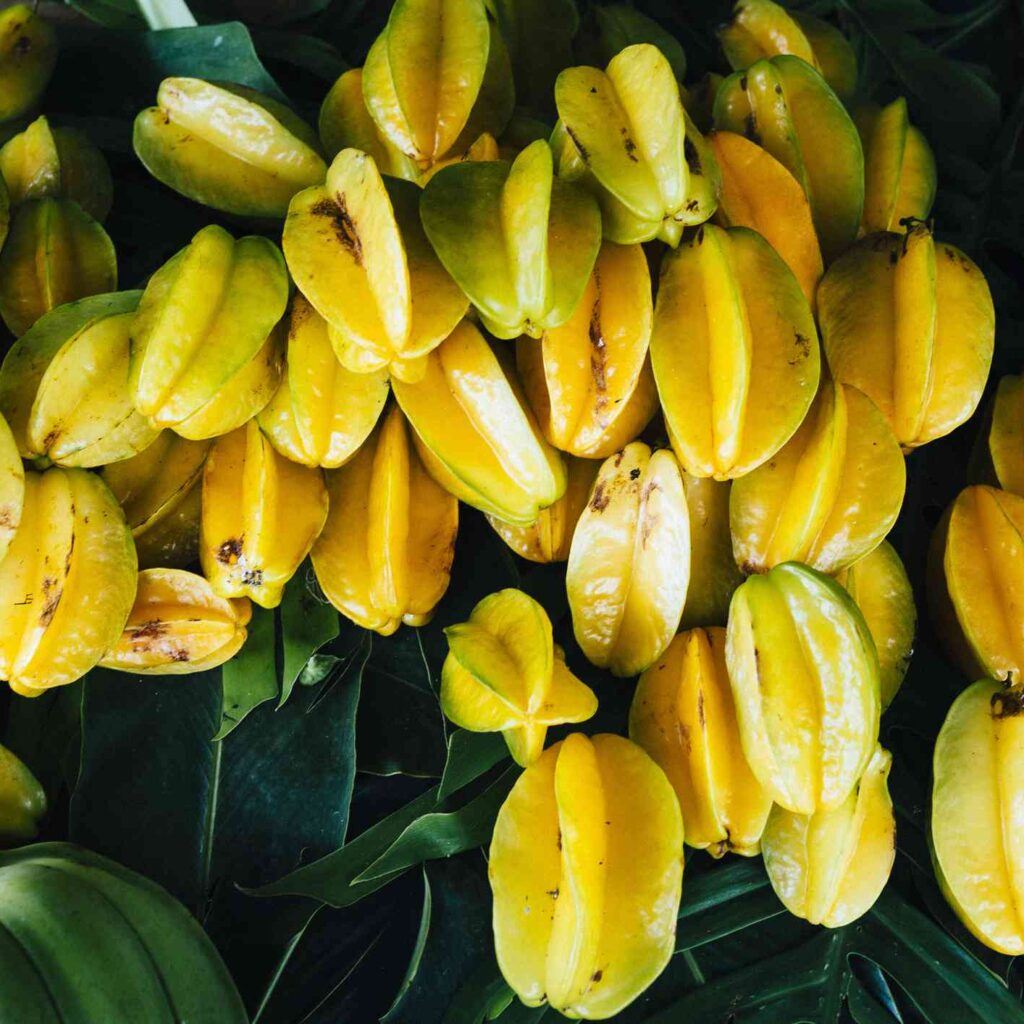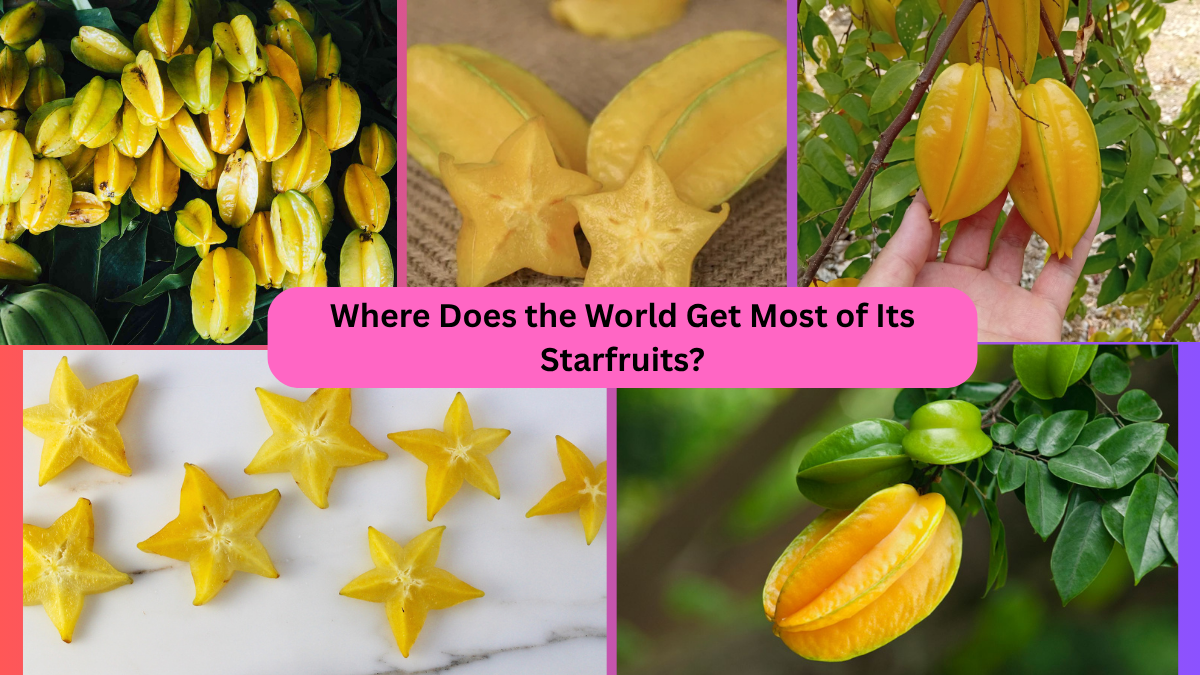The starfruit — also known as carambola — is one of the world’s most visually striking and uniquely flavored tropical fruits. When sliced, it forms beautiful star-shaped pieces, making it a favorite for fruit salads, cocktails, and culinary presentations. Beyond its aesthetic appeal, starfruit is packed with vitamin C, antioxidants, and dietary fiber, contributing to its growing popularity in health-conscious diets worldwide.
But where exactly does the world get most of its starfruits? Which countries lead in its production, and how has this exotic fruit traveled from its native regions to supermarket shelves and dining tables around the globe? In this article, we’ll explore the fascinating origins, global production leaders, export markets, and future prospects of the starfruit industry.
A Brief History and Origin of Starfruit

Starfruit is believed to have originated in Southeast Asia, particularly in the areas of Malaysia, Indonesia, and the Philippines. Ancient farmers in these tropical countries cultivated the fruit for both its medicinal and culinary uses. Its natural adaptation to hot, humid climates made it thrive in these regions for centuries before it was introduced to other parts of Asia, and eventually to tropical areas in the Americas and Africa.
Today, starfruit is cultivated in a variety of tropical and subtropical regions, yet only a few countries account for the bulk of global production and exports.
Where Is Starfruit Grown Today?
Though starfruit trees can grow wherever the climate is warm, frost-free, and humid, large-scale commercial production is concentrated in specific regions with optimal growing conditions. The major starfruit producing countries today include:
- Indonesia
- India
- Malaysia
- Thailand
- Philippines
- China
- Vietnam
- United States (Florida and Hawaii)
- Brazil
Top Starfruit Producing Countries and Why They Lead

Let’s take a closer look at the top producers and what makes them the go-to sources for starfruit in international markets.
Indonesia: One of the Largest Global Producers
Indonesia ranks as one of the world’s largest producers of starfruit. Blessed with a tropical climate and fertile soil, the country produces hundreds of thousands of metric tons annually, especially in regions like East Java and West Java.
Indonesian starfruit is primarily consumed domestically but also finds its way to nearby Asian markets. Its popularity within the country is evident in local markets and restaurants, where it’s commonly used in juices, salads, and pickles.
India: A Growing Contributor
India, with its vast subtropical regions, particularly in the southern states of Kerala, Karnataka, Tamil Nadu, and Maharashtra, produces large volumes of starfruit. Known locally as “Kamrakh”, it’s a staple in Indian kitchens, used in curries, chutneys, and pickles.
While most of India’s starfruit production is consumed locally, small quantities are exported to Middle Eastern countries and to markets with large Indian diaspora communities.
Malaysia: The Starfruit Capital of the World

Malaysia is internationally recognized as one of the top producers and exporters of high-quality starfruits. The country’s humid equatorial climate, combined with advanced farming practices and selective breeding of superior varieties like ‘B10’ and ‘B17’, gives Malaysia a competitive edge.
Malaysia’s starfruits are known for their larger size, intense sweetness, and attractive golden-yellow color. The country exports significant quantities to China, Hong Kong, Singapore, the Middle East, and Europe.
Thailand: Regional Export Leader
Thailand is another significant producer, especially known for supplying starfruit to Asian markets and the Middle East. Thai starfruit farms are concentrated in the central and southern provinces, where they enjoy two to three harvests annually.
United States: Boutique Production in Florida and Hawaii
In the United States, starfruit is commercially grown in Florida and Hawaii. The ‘Arkin’ variety, developed in Florida, is the most widely cultivated due to its suitability for the local climate. Although the U.S. produces smaller quantities compared to Asian countries, it remains an important supplier for domestic markets, health food stores, and high-end restaurants.
Where Does the Global Starfruit Supply Go?

While most starfruit is consumed in the countries where it’s grown, there’s a robust international market for this tropical fruit. The largest importing countries include:
- China
- Hong Kong
- Singapore
- United Arab Emirates
- Saudi Arabia
- United States
- United Kingdom
- Germany
- France
- Australia
Among these, China and the Middle East are the largest consumers of imported starfruit due to growing demand for exotic fruits and the health-conscious trends sweeping urban centers.
Estimated Global Production Overview
| Rank | Country | Estimated Annual Production (Metric Tons) |
|---|---|---|
| 1 | Indonesia | 250,000 – 300,000 |
| 2 | India | 150,000 – 250,000 |
| 3 | Malaysia | 50,000 – 100,000 |
| 4 | Thailand | 50,000 – 80,000 |
| 5 | Philippines | 30,000 – 50,000 |
| 6 | China | 20,000 – 40,000 |
| 7 | United States | 8,000 – 12,000 |
Note: These figures are estimates based on trade and agricultural data from regional sources.
Why Is Starfruit Gaining Global Popularity?

Several factors are contributing to the starfruit’s growing presence in international markets:
- Exotic appeal: Its unique star shape when sliced makes it a sought-after garnish and decorative ingredient in upscale restaurants and resorts.
- Nutritional value: Starfruit is low in calories and high in vitamin C, fiber, and antioxidants.
- Culinary versatility: It’s used in juices, salads, desserts, cocktails, and savory dishes.
- Health trends: With increasing awareness about tropical superfoods and plant-based diets, demand for fruits like starfruit is on the rise.
Challenges in Global Starfruit Trade
Despite its appeal, starfruit faces several challenges in global markets:
- Short shelf life: Being highly perishable, it requires careful handling and cold-chain logistics for long-distance exports.
- Climate dependence: Its growth is limited to tropical and subtropical areas, which can be affected by unpredictable weather patterns.
- Pest and disease vulnerability: Susceptibility to fruit flies and fungal diseases can impact yields and export quality.
Future Outlook
As global interest in exotic fruits and superfoods continues to grow, the starfruit market is expected to expand further, particularly in health-focused and high-end culinary markets in Europe, North America, and the Middle East.
Countries like Malaysia and Thailand are investing in improved farming practices and pest management systems to increase yields and export volumes. Additionally, agricultural research in India and Indonesia is focusing on developing more disease-resistant, high-yielding starfruit varieties.
Conclusion: Where Does the World Get Most of Its Starfruits?
In summary, Indonesia, India, Malaysia, and Thailand dominate global starfruit production. Among these, Malaysia stands out for its high-quality exports, while Indonesia and India lead in overall production volume.
As consumer demand for tropical fruits grows worldwide, these countries will continue to be the primary sources supplying starfruits to markets in Asia, the Middle East, Europe, and North America. Whether it’s a refreshing juice in Bangkok, a decorative garnish in Dubai, or a tropical dessert in London, chances are the starfruit on your plate has traveled from one of these lush, sun-soaked orchards.





